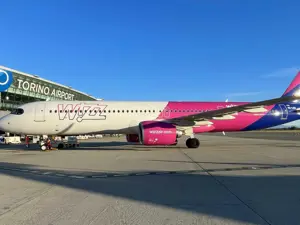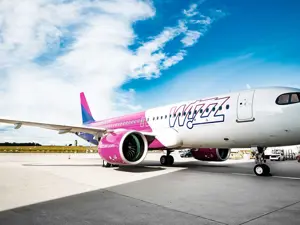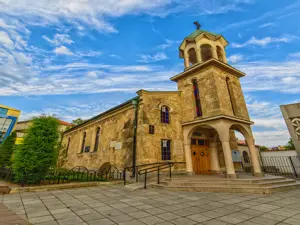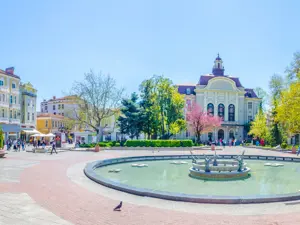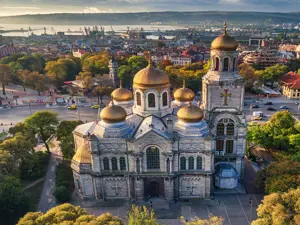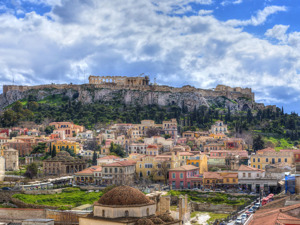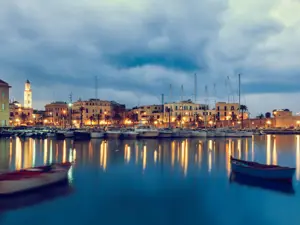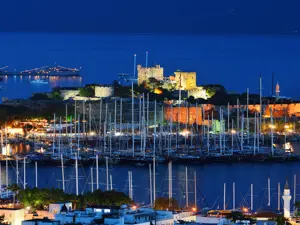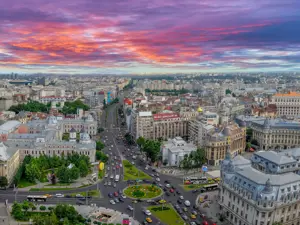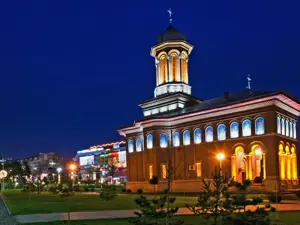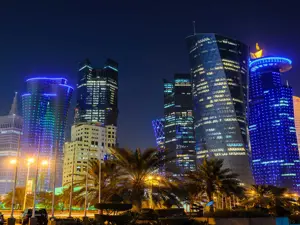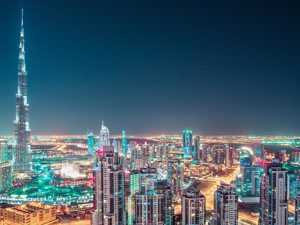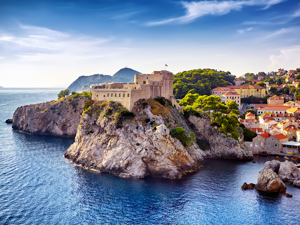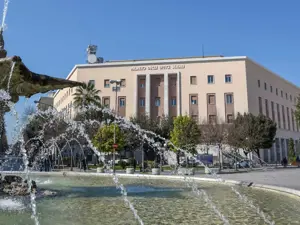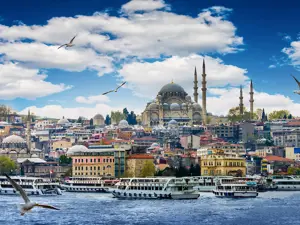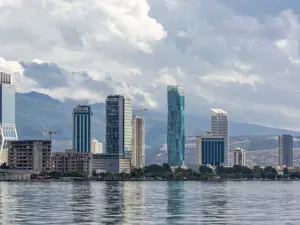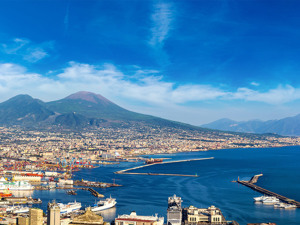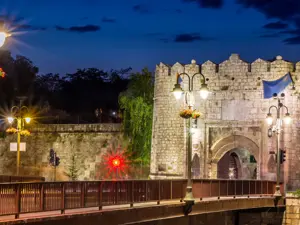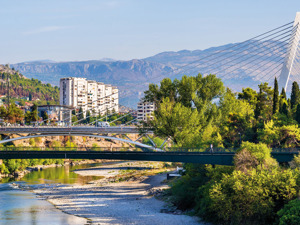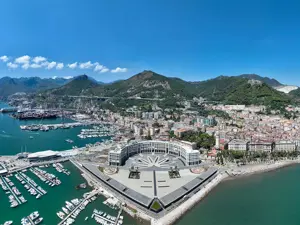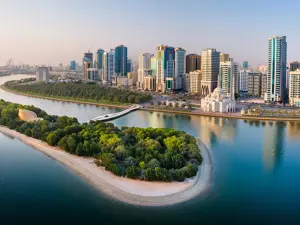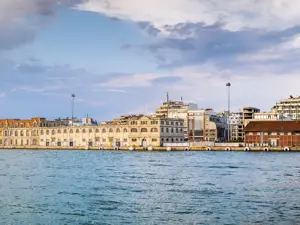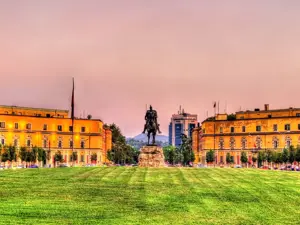Modern, elegant ad cosmopolitan city
Situated in the heart of the Balkan peninsula, at the foot of the spectacular Vitosha mountain, Sofia is a modern, elegant, cosmopolitan and vibrant city, filled with green areas and parks, and has a historic centre dotted with majestic monuments.
After Athens and Rome, it is one of the oldest city in Europe and the remains of its ancient foundations are still visible. Since the end of the era of communist dictatorship, Sofia has “opened up” to the world and tourism, and is ready to uncover its millenary history, splendid works of art and beautiful surrounding countryside.
Large green city parks extend between the centre and the suburbs, making Sofia one of the greenest capitals in Europe. The city can boast several universities.
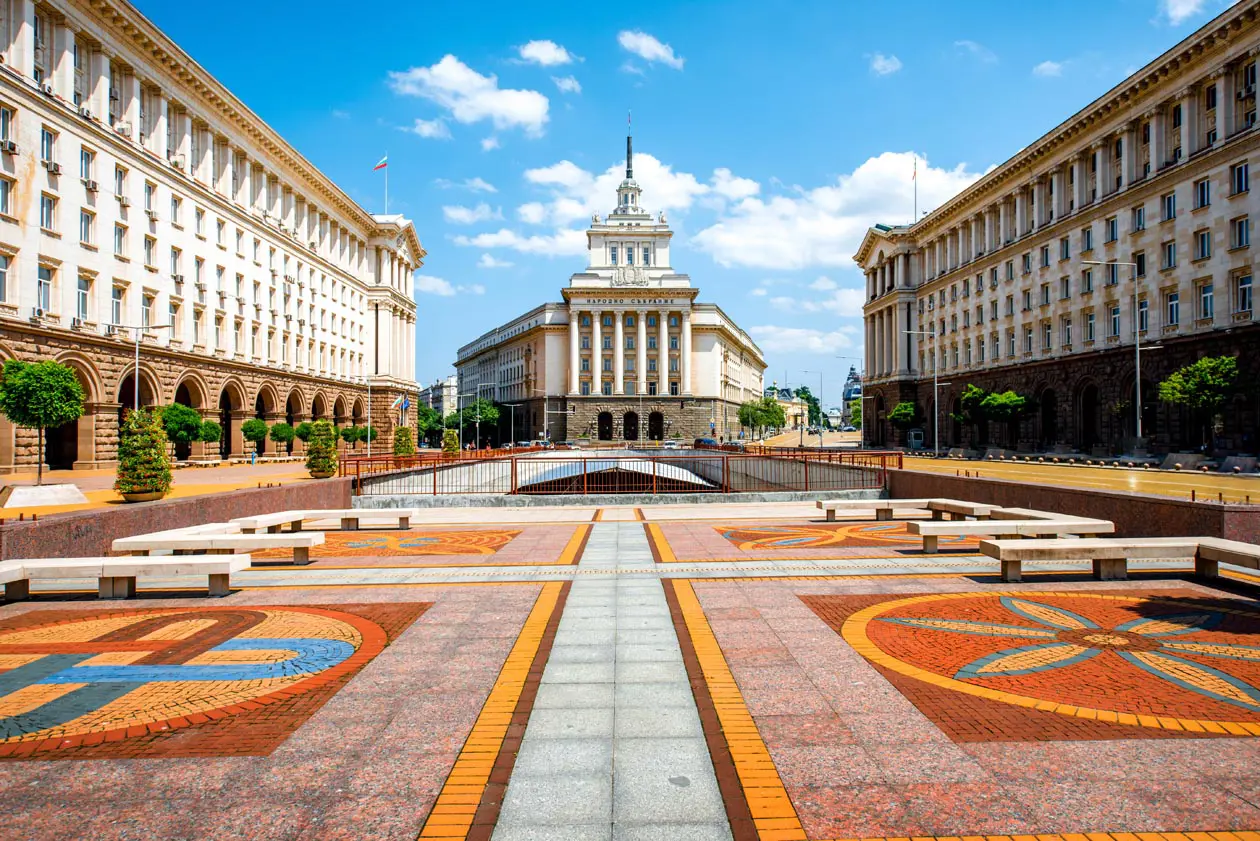
Parliament Square, home to the parliament building and the imposing university, is the largest in the city. Numerous religious buildings bear witness to the two principal doctrines, Orthodox and Catholic.
Orthodox Aleksandr Nevskij Cathedral
The historical centre, spacious and ordered, almost geometric, with long, wide tree-lined boulevards, is dominated by the imposing Orthodox Aleksandr Nevskij Cathedral, a symbol of the city built in honour of the Russian soldiers who liberated Bulgaria from the Turks.
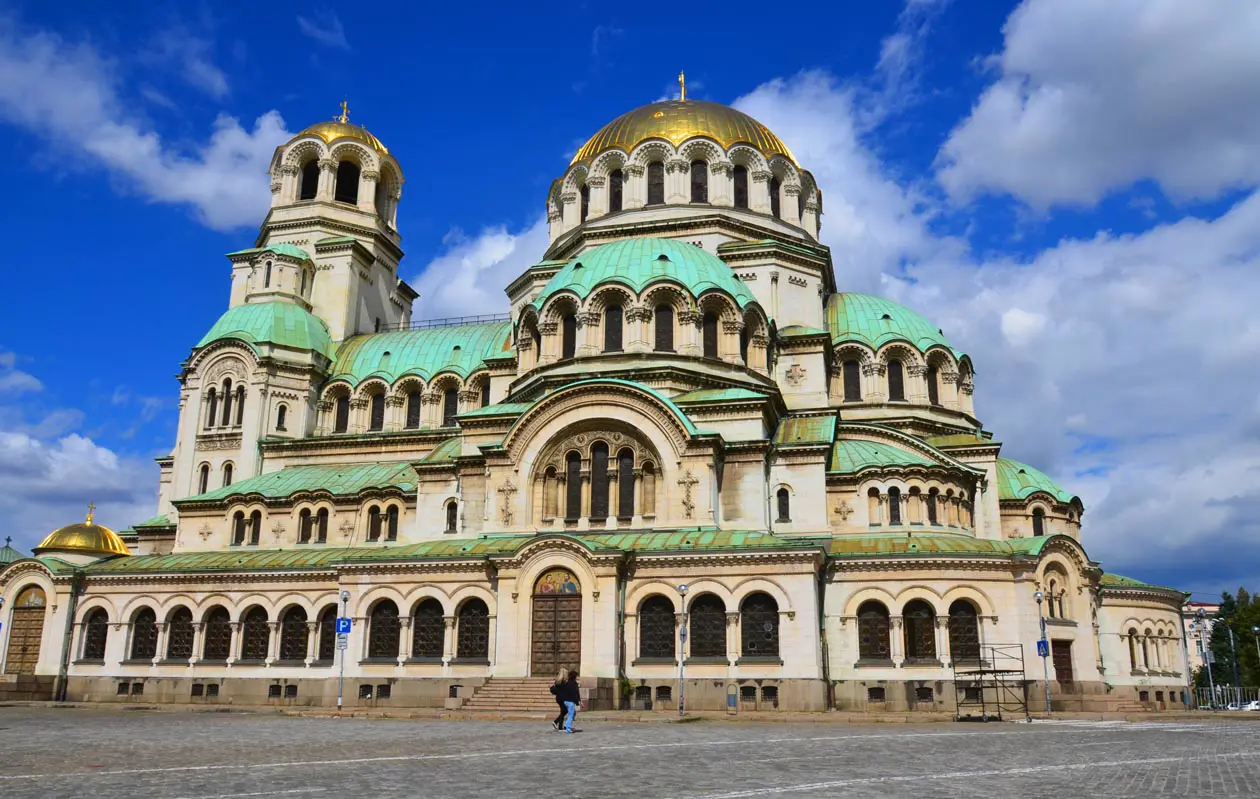
Orthodox Aleksandr Nevskij Cathedral. Photo: Copyright © Sisterscom.com / Shutterstock
The construction of this sacred building, in Neo-Byzantine style, began in 1882 and was completed twenty years later. It covers an area of more than 3,000 square metres; its gold-plated dome is 45 m high and the bell tower reaches 50 m high and houses 12 bells. The interior of the temple, with its five naves, is wonderfully decorated and houses a “Museum of icons”, part of the National Art Gallery.
The monuments in Sofia
The splendid cathedral is an excellent starting point for visiting the main monuments of the city: the Rotunda of St. George, the oldest building in the city, which stands next to extremely interesting Roman remains; the Church of St. Sofia built by Emperor Justinian I, which gave the city its name; the Monument to the Tsar Liberator, an equestrian statue erected in 1907 in honour of Tsar Alexander II; the spectacular Aleksandar Battenberg Square; the Orthodox Church of St. Nedelja; the Central Synagogue and the Mosque of Bania Banzi Dzamij.
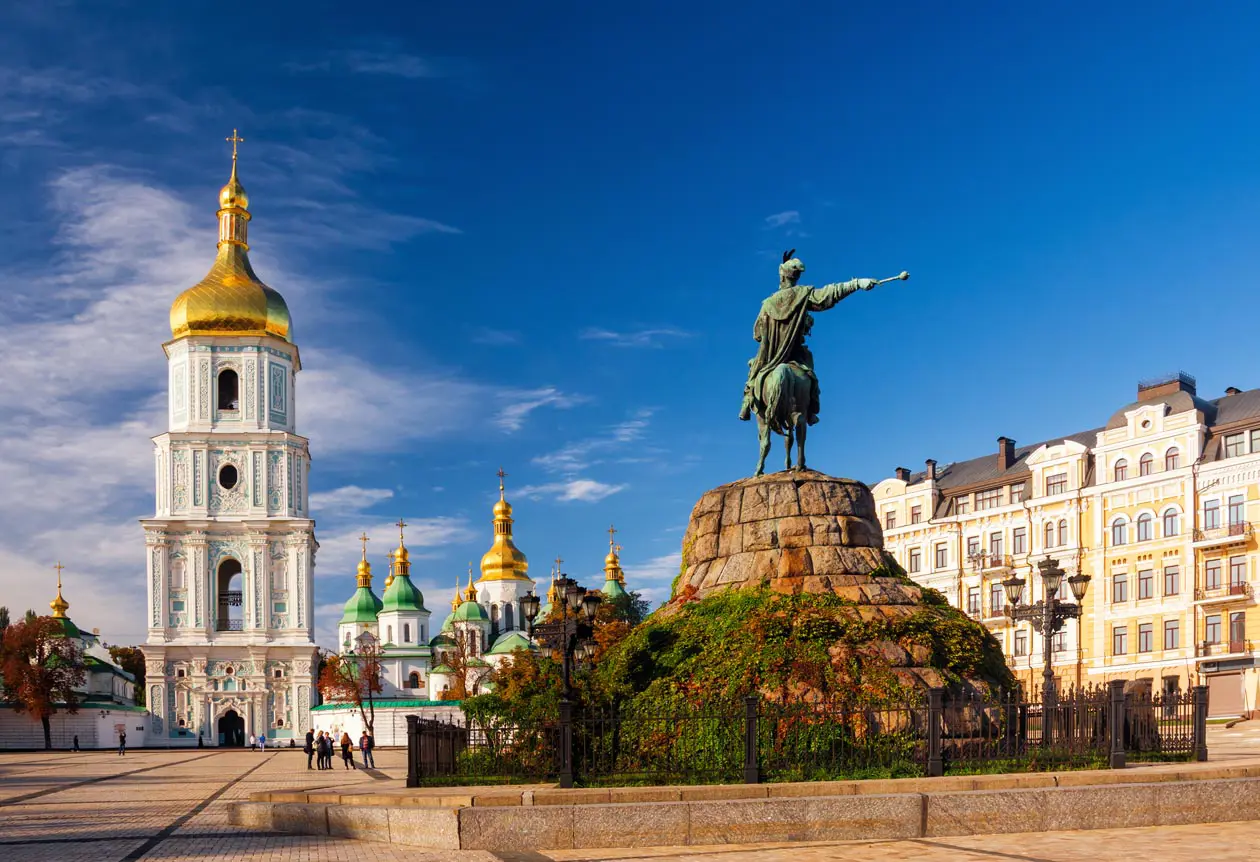
Hetman Bohdan Khmelnitsky monument and Saint Sophia's Cathedral. Photo: Copyright © Sisterscom.com / Shutterstock
Sofia has plenty of sights and attractions; it is filled with museums – including the Natural History Museum – and it also offers countless opportunities for leisure and entertainment, by both day and night, which are on a par with other large European capitals. A visit to the National Theatre is a must. The theatre building is surrounded by gardens with a central fountain, and in the summer it attracts crowds of people to its numerous open-air bars.
The thermal baths of Sofia
Like many cities in north-eastern Europe, Sofia has thermal baths with high temperature springs. A large number of its spas are outdoor but can be enjoyed even in winter.
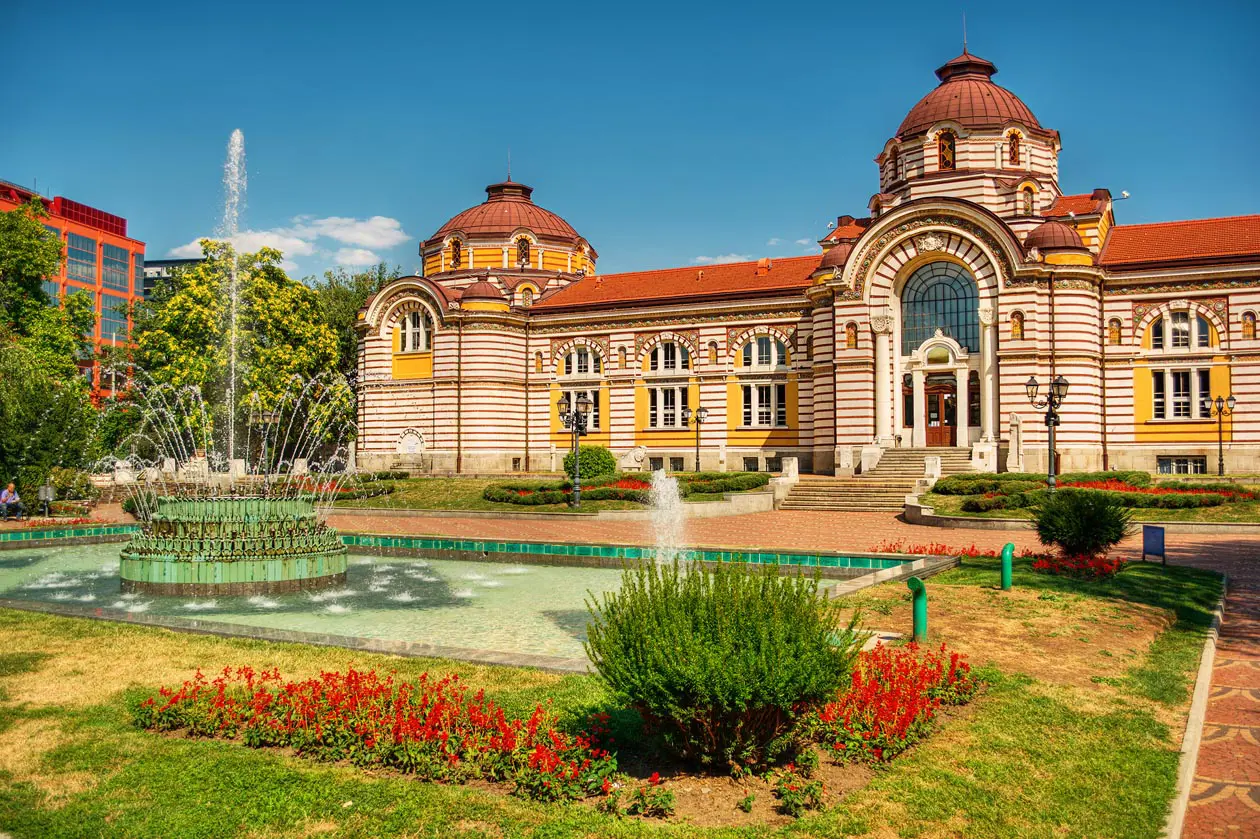
Sofia has large open spaces which often play host to markets and bazaars. The main shopping street is Vitosha Boulevard. Slaveikov Square has a book market. Painters, illustrators and local craft shops can be found near the Alexandr Nevskij Cathedral.
The choice of food in Sofia is excellent, both in the top restaurants and the “Mehanas”. These taverns offer genuine Bulgarian cuisine, in particular pork meat, and the local liquor Rakìa.
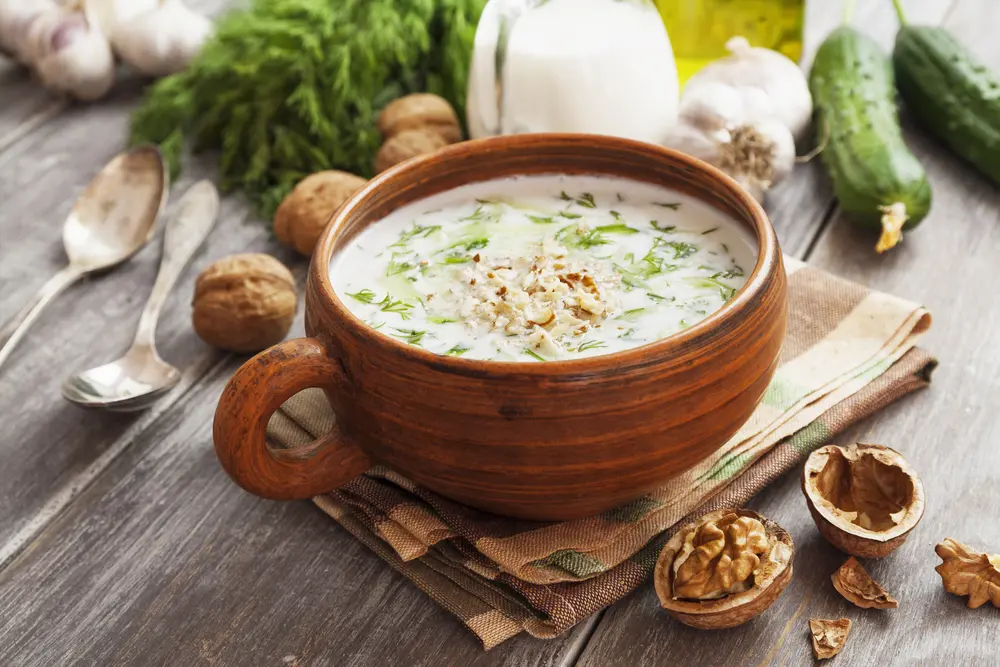
Tarador. Photo: Copyright © Sisterscom.com / Shutterstock
The tipical dishes of Sofia
Some typical dishes include Banitsa, a pastry dish filled with cheese and spinach, and white beans. Most of the main courses include pork meat and are accompanied by various side dishes including stuffed aubergines or peppers filled with eggs and cheese. Bulgarian yoghurt is a favourite sweet, which is made with either cow, sheep or buffalo milk. Banitsa with milk is also popular, followed by oven-baked apples with vanilla syrup.
Sofia is the ideal base for exploring nearby Mount Vitosha, the first natural park of its kind in the entire Balkan peninsula, which was founded in 1934. The mountain reaches a height of 2,290 metres and has various interesting ski resorts.
Text by Federica Fusco
Avion Tourism Magazine
Reproduction reserved.
Tourism Board
www.visitsofia.bg
www.bulgariatravel.org
Partnership with Booking.com
Where to sleep in Sofia
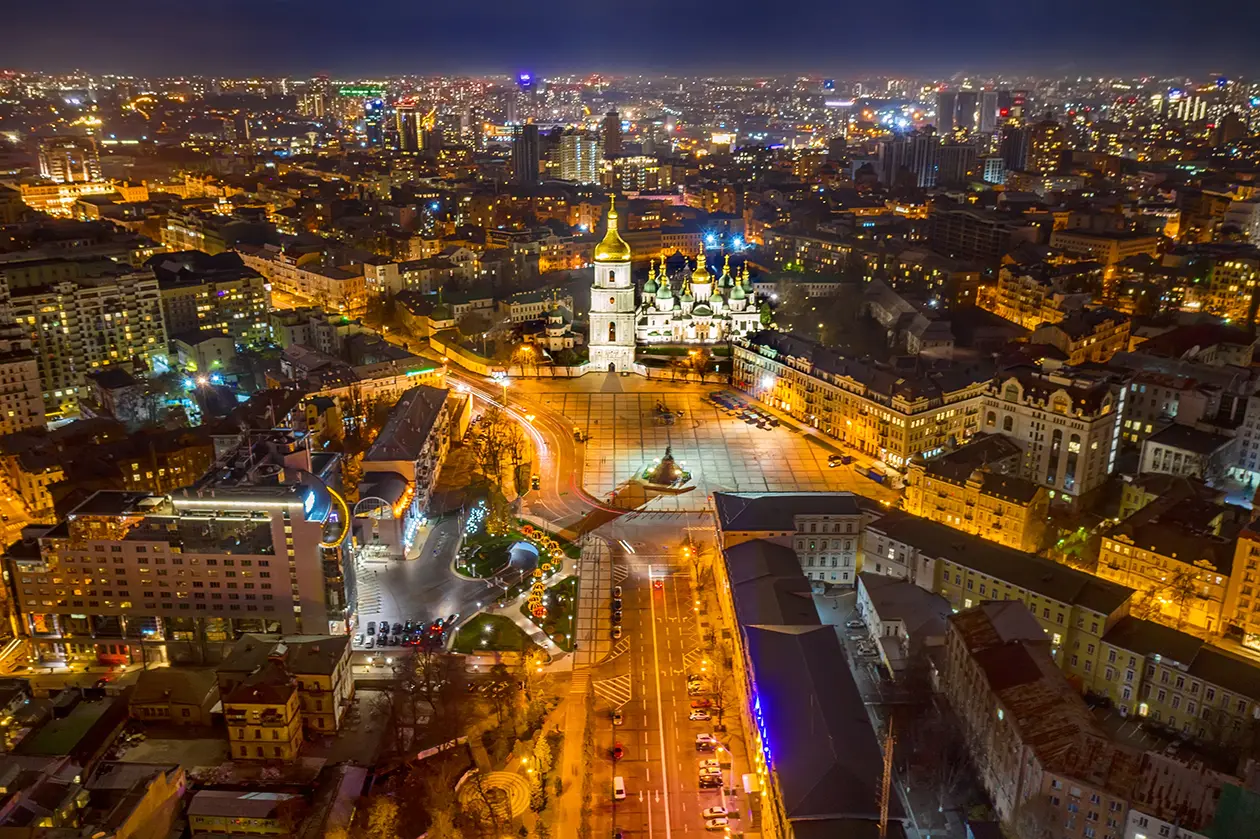
Sofia Photo: Copyright © Sisterscom.com / deposithphotos
Sofia is a welcoming city and offers different possibilities for accommodation.
To find the ideal hotel and the best offers you can do a search for the stars but also for districts or landmarks.
DISTRICTS
Hotels in the districts
LANDMARKS
Hotels in tourist areas
WHERE TO GO IN SOFIA
Monuments in Sofia
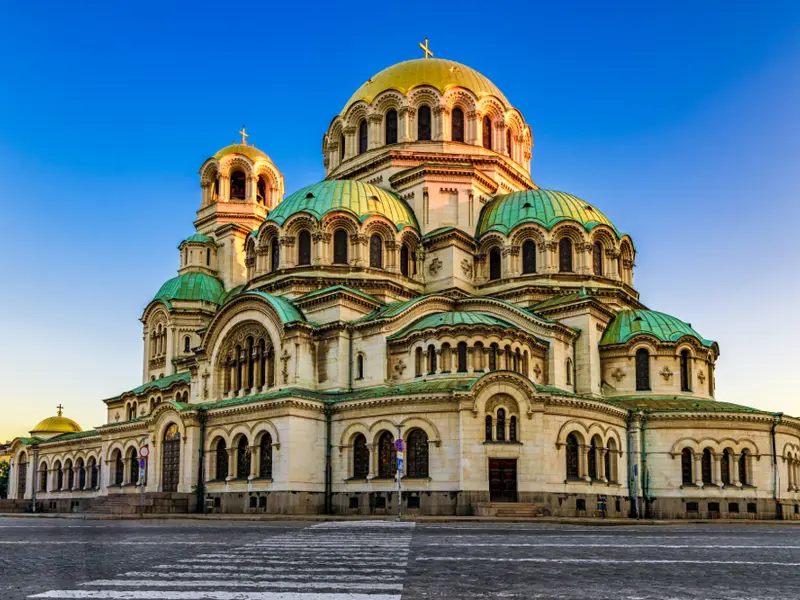
Photo: Copyright © Sisterscom.com / Shutterstock
ST. ALEXANDR NEVSKIJ CATHEDRAL
Aleksander Nevski Square
Sofia’s Orthodox Cathedral, built in neo-Byzantine style, is one of the largest in the city as well as being one of the main tourist attractions. Able to house more than 10.000 people, it is 45 metres tall and has a bell tower with 12 bells. The interior is decorated in Italian style with alabaster and other valuable materials. Construction started in 1904, on an initiative from 1879, after the approved project of architect V. Pomerantsev, and was completed in 1913. Famous sculptors, painters and artists from all over Europe were involved in its construction. A part of the cathedral houses a museum of icons from all over Bulgaria. This section is part of the National Gallery, which contains the largest collection of orthodox icons in Europe.
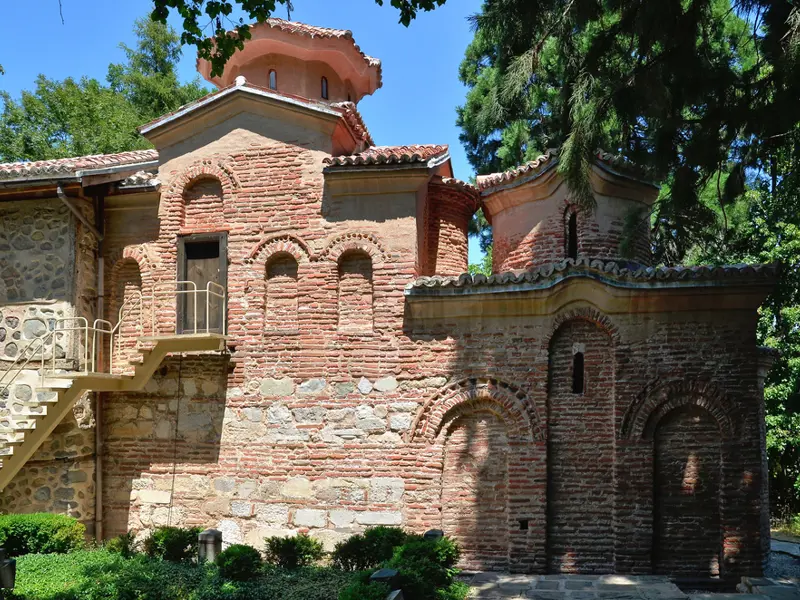
Photo: Copyright © Sisterscom.com / Shutterstock
BOYANA CHURCH
The Boyana Church dated back to the 11th century. A family tomb church was adjoined to the old church in the 13th century. The murals from that period (1259) have been the work of an anonymous master from the Tarnovo School of Painting and are thought of as forerunners of European Renaissance. The portraits depict in full length the donors, local governor Sebastocrator Kaloyan and his wife Desislava. These are faced by the portraits of Tsar Konstantin Asen Tih and Queen Irina. Boyana Church is in UNESCO World Heritage List.
www.boyanachurch.org
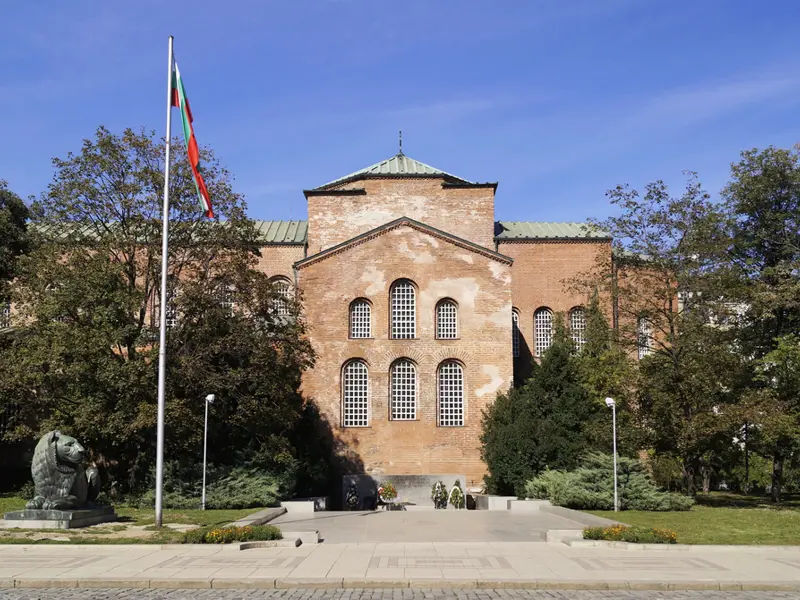
Photo: Copyright © Sisterscom.com / Shutterstock
St. SOFIA CHURCH
Erected by the Emperor Justinian I (6th century) on the site of previous churches (4th - 5th century), of which remains are still visible. The St. Sofia Church, was so important during the 14th century that it gave the city its name. It is a rare example of the meeting of East and West, which can easily been seen in its structure. Behind the apse of the church is the tomb of the writer Ivan Vazov (1850-1921). Nearby is the Synodal Palace and the ruins of a Roman necropolis.
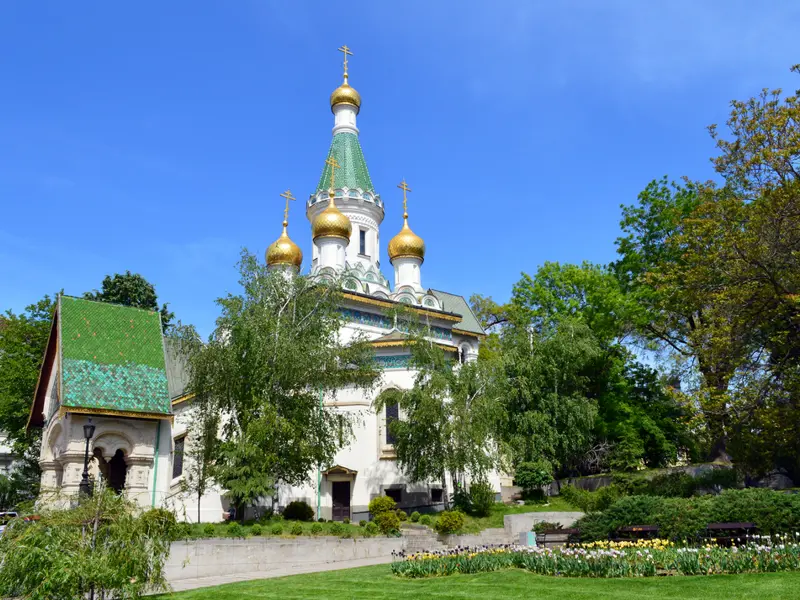
Photo: Copyright © Sisterscom.com / Shutterstock
RUSSIAN CHURCH ST. NIKOLAY
The Russian Church St. Nikolay is located in the center of Sofia and is one of the most remarkable buildings in Sofia. It was built in the period between 1907 and 1914 by a project of the Russian architect M. Preobrazhensky. The inhabitants of Sofia visit this church because, according to tradition, St. Nikolay can heal all illnesses and make wishes come true.
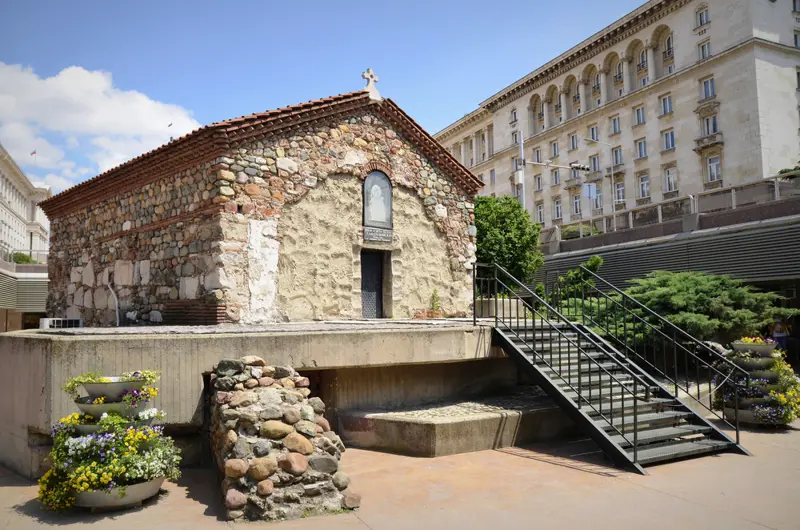
Photo: Copyright © Sisterscom.com / Shutterstock
CHURCH OF SAN PETKA OF SADDLERS
It is one of the few medieval churches that survived in Sofia, mentioned for the first time in the 16th century and its frescoes date back to three different eras (XIV, XV, XVII and XIX). Tombs have been found inside the church, in fact the church, where the Roman remains are preserved, was used as a crypt.
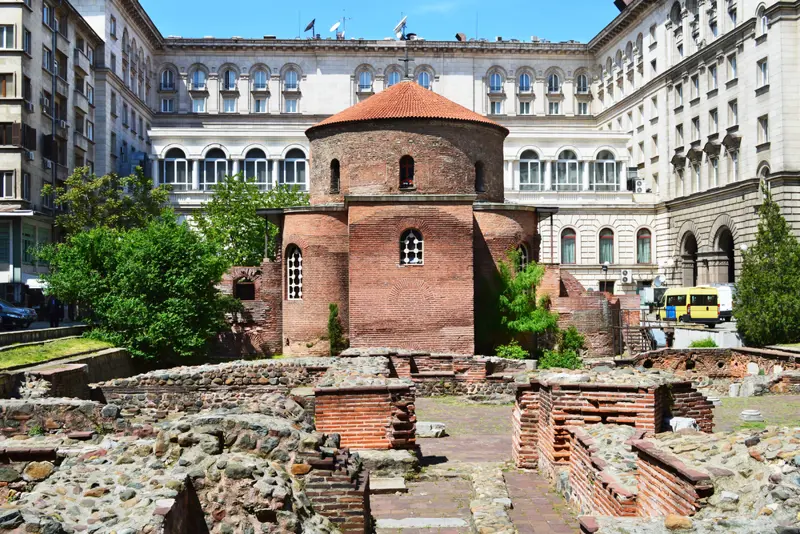
Photo: Copyright © Sisterscom.com / Shutterstock
ROTUNDA ST. GEORGE
The oldest and best preserved monument of architecture since Roman times in Sofia is the Rotunda St. George. It was built in the beginning of the 4th century AD and, was considered, during the reign of the roman emperor Constantine the Great (reigned 306 – 337) and the flourishing of the ancient town Serdika (the old name of Sofia).
Museums of Sofia
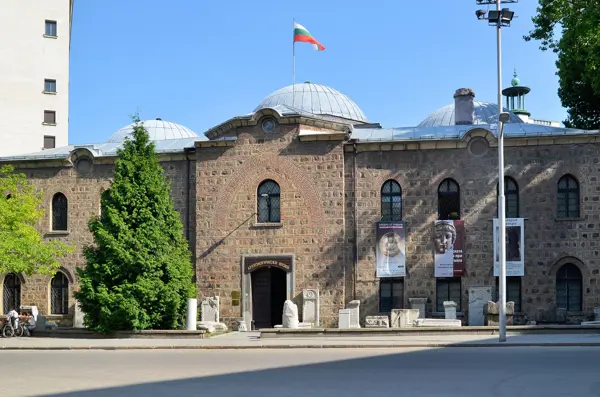
Photo: Copyright © Sisterscom.com / Shutterstock
NATIONAL ARCHEOLOGICAL MUSEUM
Museum is the largest archaeological museum in Bulgaria and one of the richest in the Balkans. On display are artifacts from world Thracian treasures - Vulchitrun Lukovit and Nikolayev. It was established in 1892 and includes three collections: Starovekovna, Numismatic and Ethnographic.
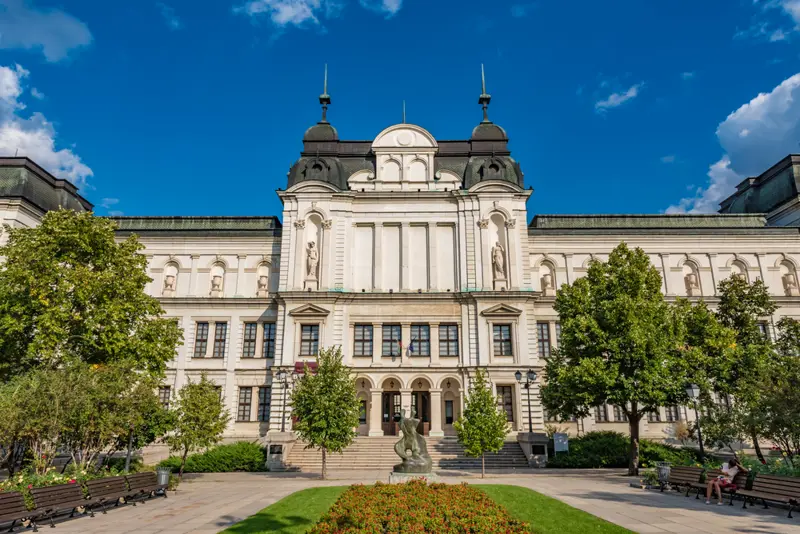
Photo: Copyright © Sisterscom.com / Shutterstock
NATIONAL GALLERY - SQUARE 500
Square 500 is the Bulgaria’s new national gallery. The gallery complex is located near the monument to Vassil Levski in Sofia and behind St. Aleksandăr Nevsky Cathedral. It has over 42,000 art works from the National Art Gallery and the National Gallery for Foreign Art. The gallery exhibits about 2,000 art works by Bulgarian artists and also from Europe, Asia, Africa and America.
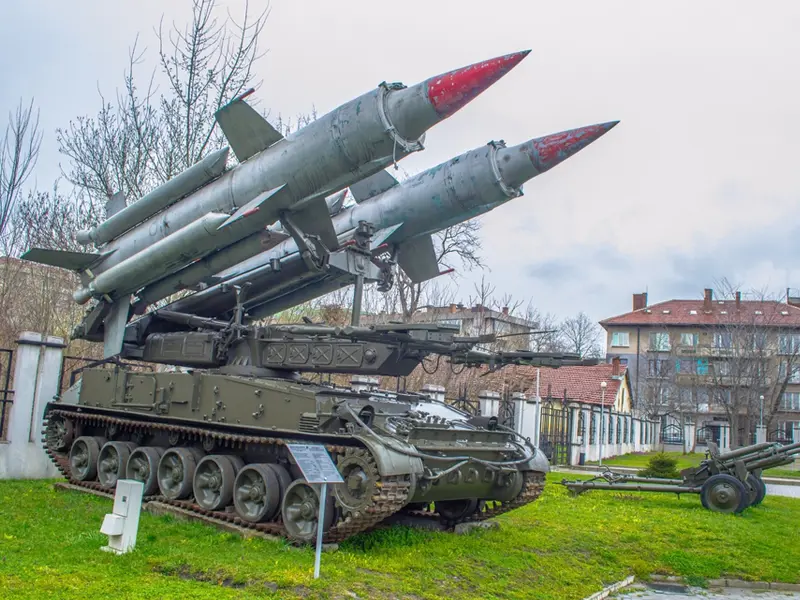
Photo: Copyright © Sisterscom.com / Shutterstock
NATIONAL MUSEUM OF MILITARY HISTORY
The National Museum of Military History investigates, preserves and popularizes cultural valuables connected with the national and European military history. In it’s nearly one hundred years of existence, the museum has collected almost a million items related to Bulgarian and European military history. It disposes of 5,000 m² of indoor and 40,000 m² of outdoor exhibition area and a library.
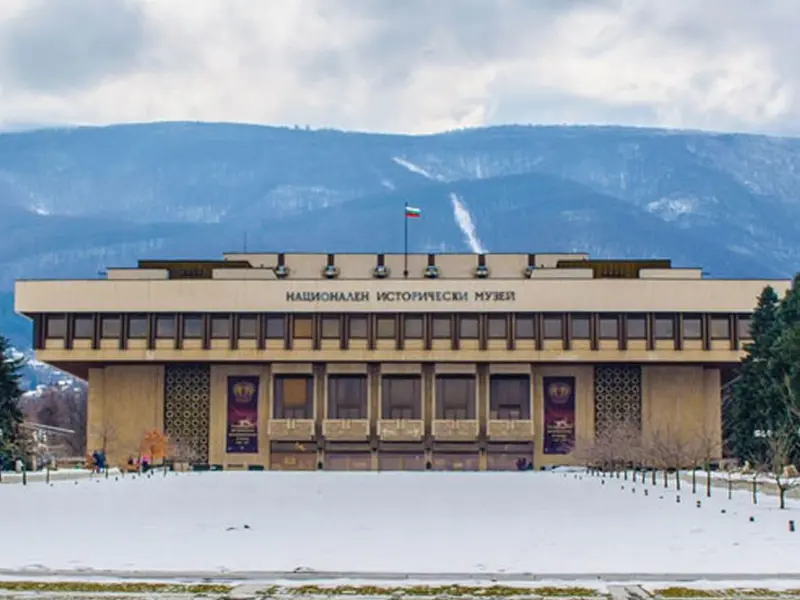
Photo: Copyright © Sisterscom.com / Shutterstock
NATIONAL MUSEUM OF HISTORY
The National Museum of History of Sofia is located in Block No1 of the governmental residence in Boyana Quarter. It is among the richest and most interesting museums on the Balkans. The museum keeps monuments of Bulgarian cultural and historical heritage from prehistory to this day. Outstanding among the collections is the gold treasure from Panagyurishte (4th century BC), related to Thracian king Seutus.
Excursions in Sofia and its surroundings
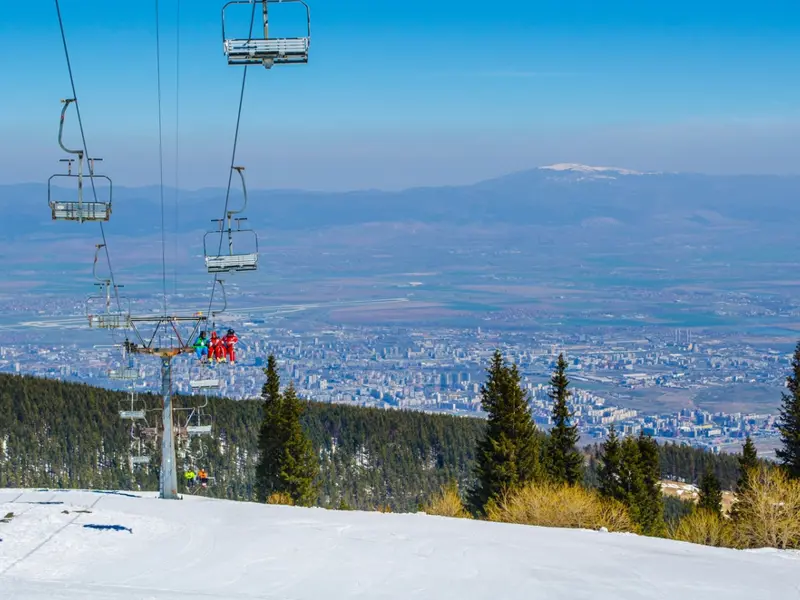
Photo: Copyright © Sisterscom.com / Shutterstock
MOUNTAIN OF VITOSHA
Sofia spreading in the foothills of a mountain boasting a summit of more than 2000 m (Cherni Vrah Peak, 2290 m). The peak offers a panoramic view to four mountains: Stara Planina, Sredna Gora, Rila and the Rhodopes. In 1934 the high-mountain parts of Vitosha were proclaimed a Nature Reserve. More than 1400 flora species grow in the mountain. The park encompasses two reserves: Bistrishko Branishte Biosphere Reserve and Torfeno Branishte Nature Reserve. Here is the longest cave in Bulgaria, (Duhlata of 13.2 km) where more than 20 cave animal species live. Vitosha is a great place for holiday and sport for its cable-ways and ski-lifts, chalets and tourist complexes.
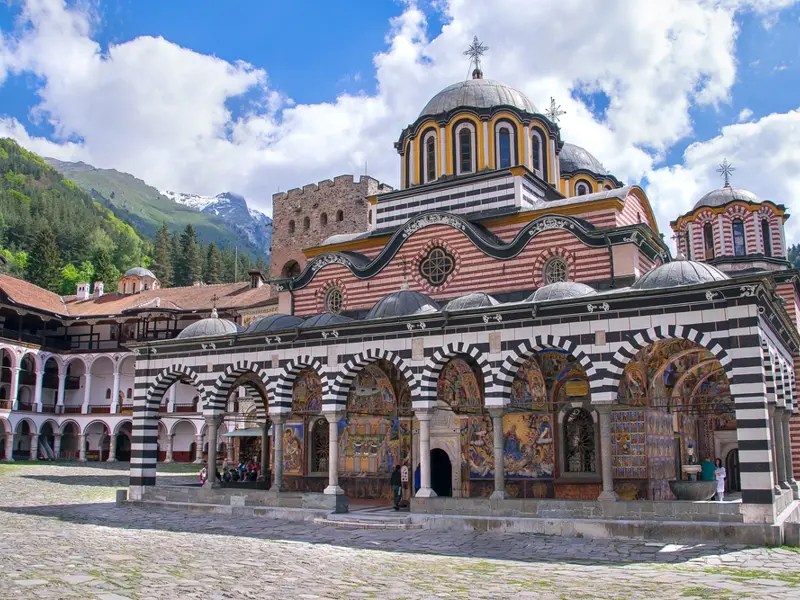
Photo: Copyright © Sisterscom.com / Shutterstock
MONASTERY OF RILA
From Sofia you can take a tour to admire the Rila Monastery, a UNESCO World Heritage Site of Bulgaria, with views of the surrounding Rila Mountains.
The Rila Monastery houses the largest Orthodox cloister in Bulgaria and you can admire the arched balconies, the Bulgarian Renaissance period frescoes and the golden iconostasis. In the restaurants in the area you can taste organic food, such as mekitsi (a traditional Bulgarian dish consisting of pancakes made with yoghurt dough), yogurt or grilled trout.
Partnership with GetYourGuide
Tours in Sofia
News & Useful info
Shopping
You might be interested in
Other destinations
Airports nearby Sofia



